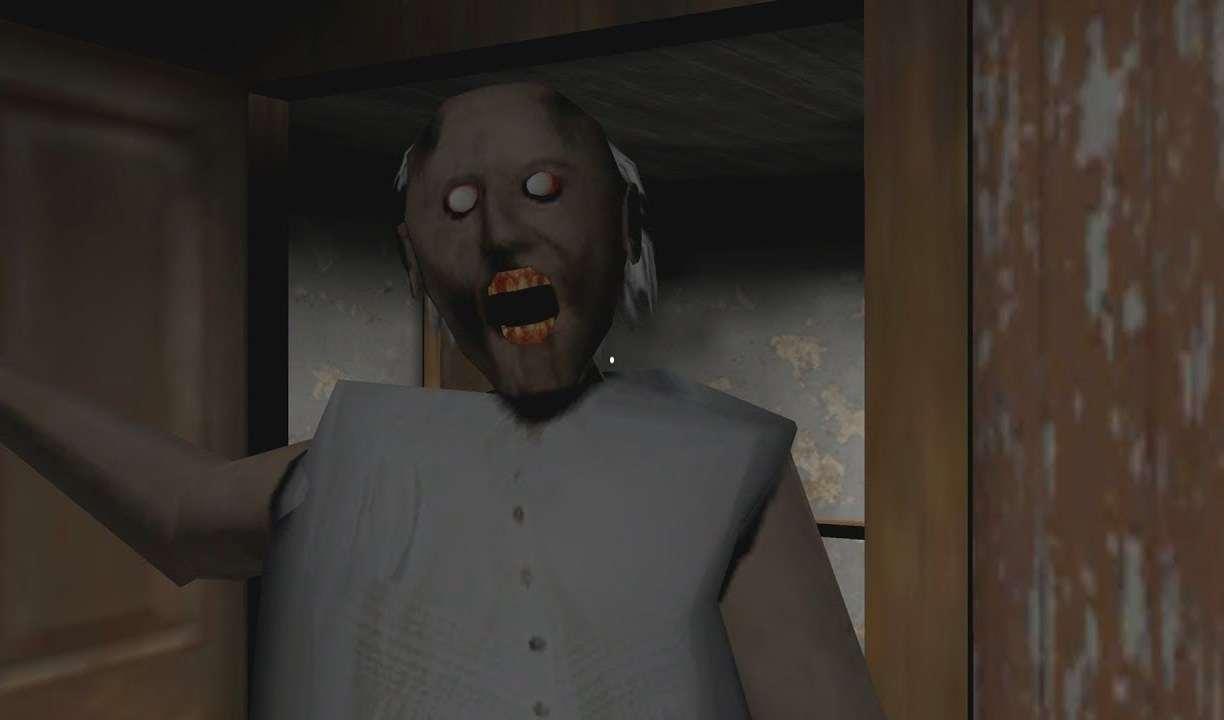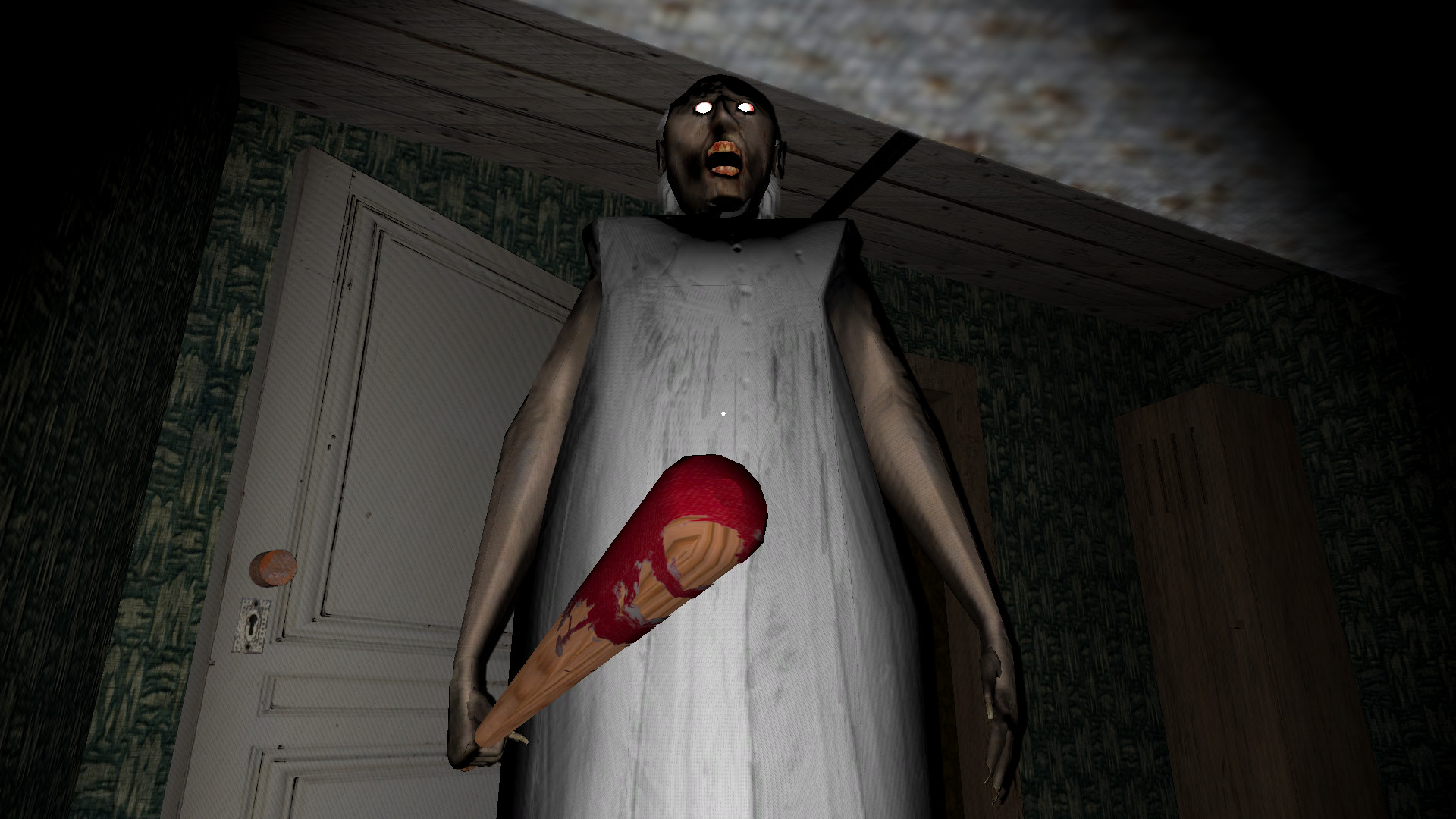
Nothing sticks, nothing scares, and nothing unnerves. Before then, the supernatural elements feel disjointed from the more banal, daily churn of the racism the Emorys face.) Ultimately, the show’s genre-driven storytelling results in, at best, a few fleetingly creepy moments. (The reasoning behind this only starts to make sense in the last two episodes. In school halls, in work rooms, and especially in domestic spheres, these characters are haunted and suffer because of it. But all the figures turn out to be the visages of a singular entity, the Black Hat Man (Christopher Heyerdahl).

Each member of the family deals with their own specific spectre, like the monstrous, tap-dancing blackface figure with pupil-less black eyes that haunts Henry. There’s also the matter of a haunting that started long before they arrived, one that warps their sense of self and besets them with great violence.

But the Emorys don’t only have to contend with their viciously racist neighbors. Golliwogs hanging from nooses along the Emorys’ porch. Racism is portrayed in a number of ways throughout the series. Her prim sense of propriety fails to hide the noxious racism she is more than proud to express, arguing about their “birthright” as white people, those whose “fathers built the world.” As the only Black family on the block, they immediately cause a fury stoked by Betty Wendell (Alison Pill), the picture of the mid-century blonde Americana housewife, who has an icy and distant relationship with her husband, Clarke (Liam McIntyre). From the jump, it is apparent how tricky it will be to ingratiate themselves to their Compton neighbors. Spanning ten days in 1953, Them follows the Emory family - Henry (Ashley Thomas), an engineer Lucky (the utterly gorgeous Deborah Ayorinde), the matriarch and show’s primary lens and their two daughters, teenage Ruby (Shahadi Wright Joseph) and freshly school-aged Gracie (Melody Hurd) - as they journey from North Carolina to the lily-white suburban enclave of Compton, Los Angeles, a move that upends their lives. (I’m not sure Hollywood can be saved, no matter how many people of color it ropes into its machinations.) Perhaps I should have known when, early in its first episode, it explains the Great Migration in text overlaying the screen, tipping its hand that it is not for Black audiences at all, but everyone else. It is a stunning refutation to Hollywood’s belief that representation behind and in front of the camera will fix its inherent racism. I am comfortable calling it one of the most anti-Black pieces of pop culture I’ve seen in the last few years, one that left me spent after the grueling process of watching its virulent imagery. It isn’t just grating in its empty platitudes and kiddie-pool-deep proclamations. Them - showrun and created by Little Marvin and executive produced by Lena Waithe - isn’t just rote, flagrantly biting the aesthetics of other filmmakers.

But after watching Them, Amazon’s latest “horror” anthology series, which dropped this past Friday, this quote came to mind for its distillation of the way people of color sometimes participate in their own degradation and in the systems that damage our lives and, in many cases, cut them heartbreakingly short. O’Grady’s belief nods to the ways the structures of white supremacy are so ingrained in our culture that to exorcise them goes far beyond reckoning with whiteness itself. In 2018, the artist Lorraine O’Grady said at a Brooklyn Museum book event, “In the future, white supremacy will no longer need white people.” That future is now.


 0 kommentar(er)
0 kommentar(er)
